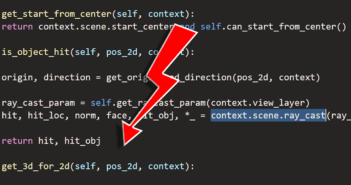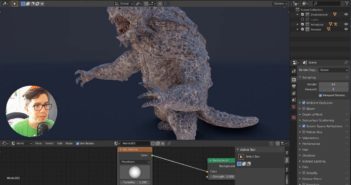Michelle Lehman writes:
One of my colleagues was asked to get involved with creating a brief overview video on a new approach to cooling an indoor space using a 3D printed wall. Many of the wall’s features are embedded within its core, therefore we saw a perfect opportunity for utilizing animation to “see” the internal operations of the wall. View the full animation I created to learn more!
Software used: Blender (rendered in cycles), After Effects and Premiere.
Developed for Oak Ridge National Laboratory




2 Comments
Hi Michelle - nice video. Your description sells short the "system" - and I suppose it's so revolutionary it may be 50 years for all we know before builders adopt this or similar approach to building. And I have to say, I was not sure what portion was additive, and which wasn't. I suppose the concrete portion is the only one. But what portion was automated (is assembling the cooling elements a manual process for example). I really liked the use of battery to take advantage of off-peak hours, but utilities where I live don't reward that "good" behavior... In any case, it's clear that the work you do is way ahead - you do solve real world problem but it's possible builders/public/utilities - and probably policies - are behind. Either way, nice work.
Do you build the interior walls first (so the driving cables for the concrete can do their work - and you build the outer walls last then? As for energy saving, interior walls (where I live) are wood + gypsum + insulation (at least in older houses). How does concrete stack energetically against that combo? Gypsum is probably energy intensive too... Cheers!
Hi Arnaud,
All such great questions! I was only involved with the animation portion of this project, but I can help answer your question about additive manufacturing. They 3D print the concrete and place the blue pipes as they go along. They 3D print the scrim as well (outer portion of the wall). There was a separate video developed that contains some of the technical detail about the wall for the 2020 Energy Exchange event; however, I am not sure if it was made available to the public. Will definitely share if I come across it!
This technology is brand new. Next steps will be to deploy it to test it for field validation. From my understanding, that process will take around a year. Possibly longer due to COVID.
Here is more information on the wall if you are interested: https://www.ornl.gov/blog/ornl-femp-collaborate-design-build-and-demonstrate-smart-wall